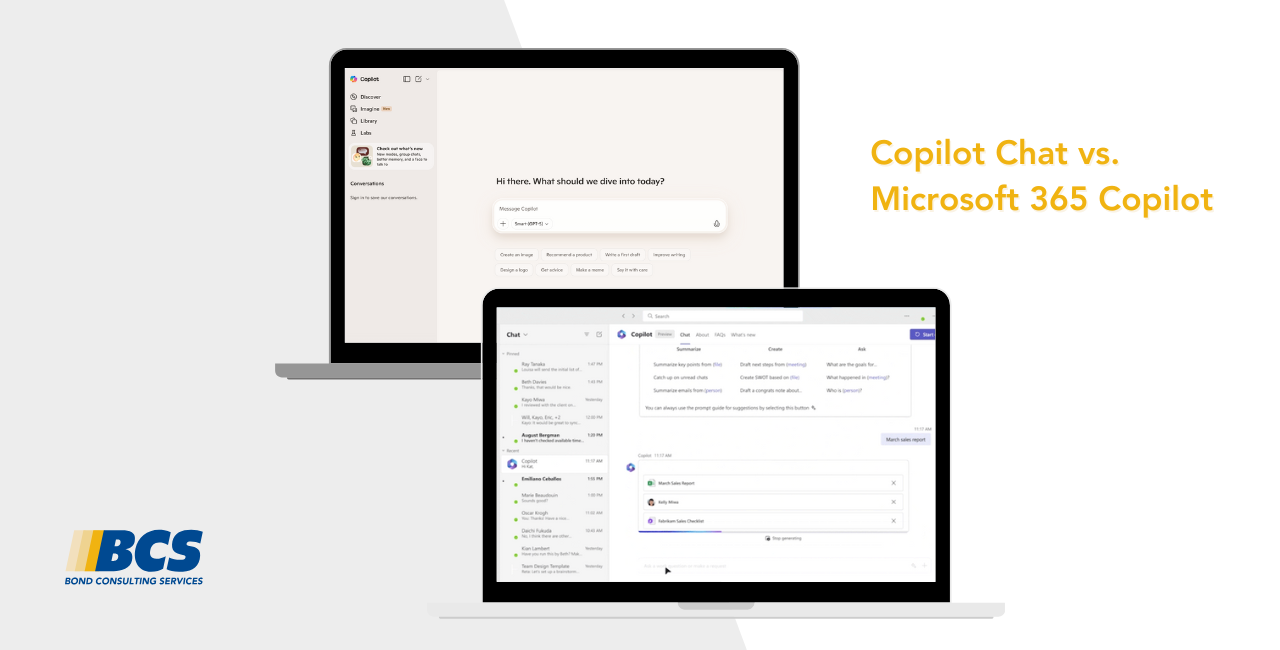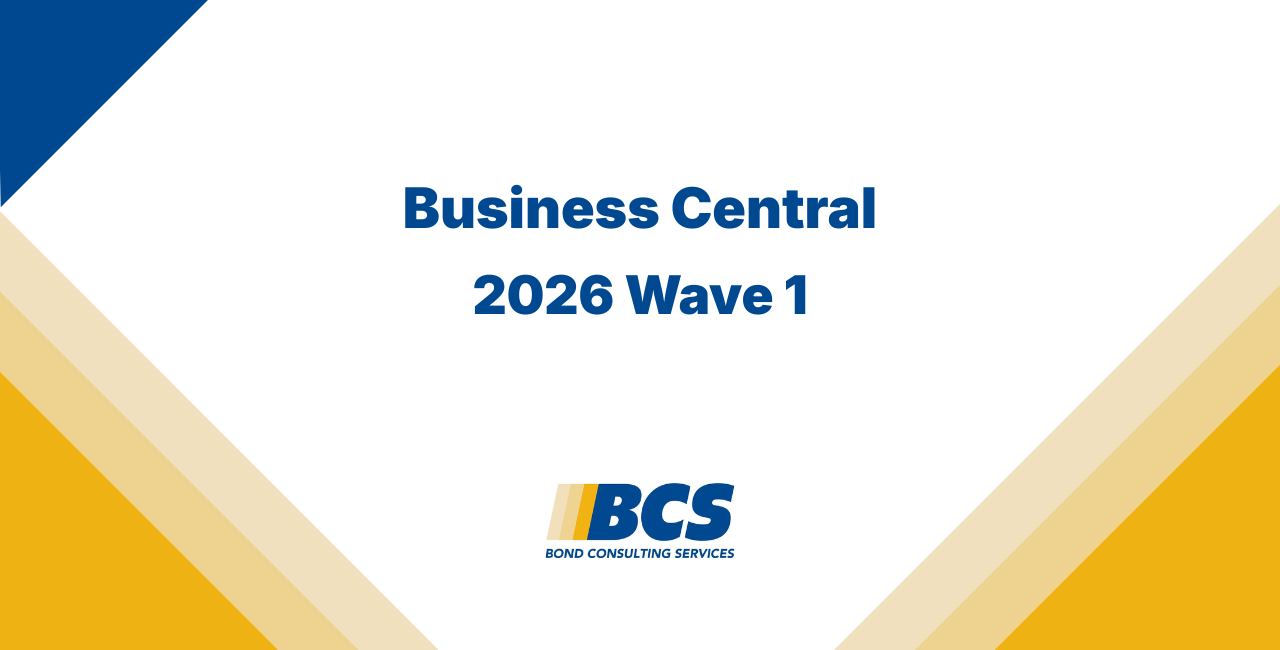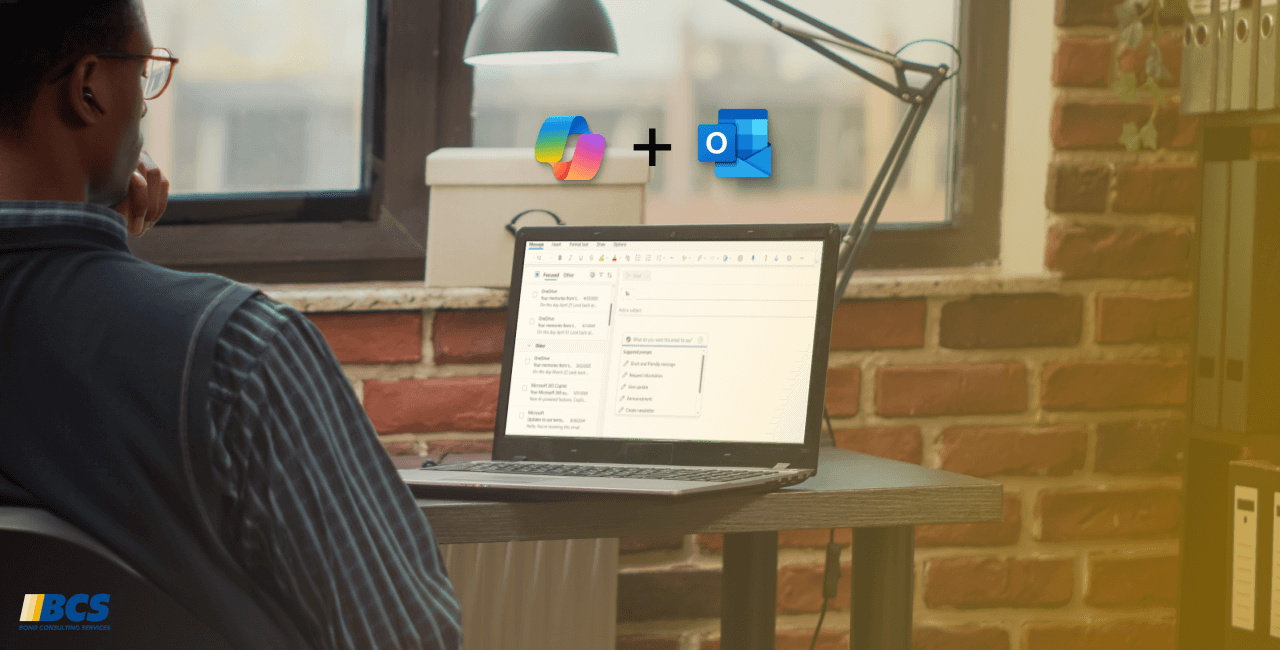SharePoint is one such platform which has the capabilities to store a vast array of documents and those documents can not only be stored for a company’s use, but also for external users as well.
We will indicate the various steps and processes that can be taken for an external user to be invited into the system, and once logged in to the system, the way in which they can be given permissions to certain documents which they may be given access to.
How to Invite a User:
To invite a user, within SharePoint you must first navigate to settings and select site settings.
Then, under “Users and Permissions”, select People and Groups. Within the Visitor’s tab, you will see an icon that says “New” and this is where you will click to add a new user to the group.
Lastly, you may enter the external user’s email address, include a message within the invitation, and then click “Share” to send out the invitation. This email invitation will prompt the external user to enter the site and complete the registration process, which involves them logging in to the site using their office 365 credentials and then accessing documents that are to be shared with them.
The user must register to the site using the same email as to which they received the invitation as well as the password that is associated with that email in order to log in.
How to Grant External User Access to a File/Folder:
The process to grant an external user access to a file or folder is similar to that of sending an invitation.
The company administrator may either decide to grant an external user access to a folder or a single file. This can be done by either clicking on the “Share” icon if it is a folder or the “More Actions” and then “Share” for a single document.
After clicking Share, another window will prompt the administrator to enter the external user’s email or name. There, the administrator may choose to allow the external user to either have edit privileges or only be able to view the document. Within the “Show Options”, the administrator who is granting access to the external user access may also decide to send an email invitation to the external user or not.
Once the window is populated and you are ready to grant access to a particular file or folder to an external user, you may then click “Share” one more time to complete the process.
The user will now have access to the file and have a way to login to the SharePoint system.
Clicking on Add Users will prompt the Share screen
Here is where you will enter the email of the individual who you would like to invite to the SharePoint site.
Note: Simply inviting them to the site will only allow them to enter the site but will not be able to view anything until they are given the proper permissions to folders/documents.
The following is the window that will appear after clicking the Share icon within a Folder/Document.
Note: It is very similar to the invitation to the SharePoint site but it has a few different options.
You still need to enter the individual’s email address but you have the option to choose whether they can edit the folder/documents or simply be able to view them. You also have the ability to share everything within a folder regardless of any unique permissions and you may also send them an email invitation letting them know that they now have access to the site.
Bond Consulting Services is a national consulting firm that empowers organizations across the United States to thrive in a digitally transformed world. We operate out of Long Beach, California, where our expert team assists clients with their ERP and CRM needs.
Visit us at www.BondConsultingServices.com or just pick up the phone and call 562.988.3451.













